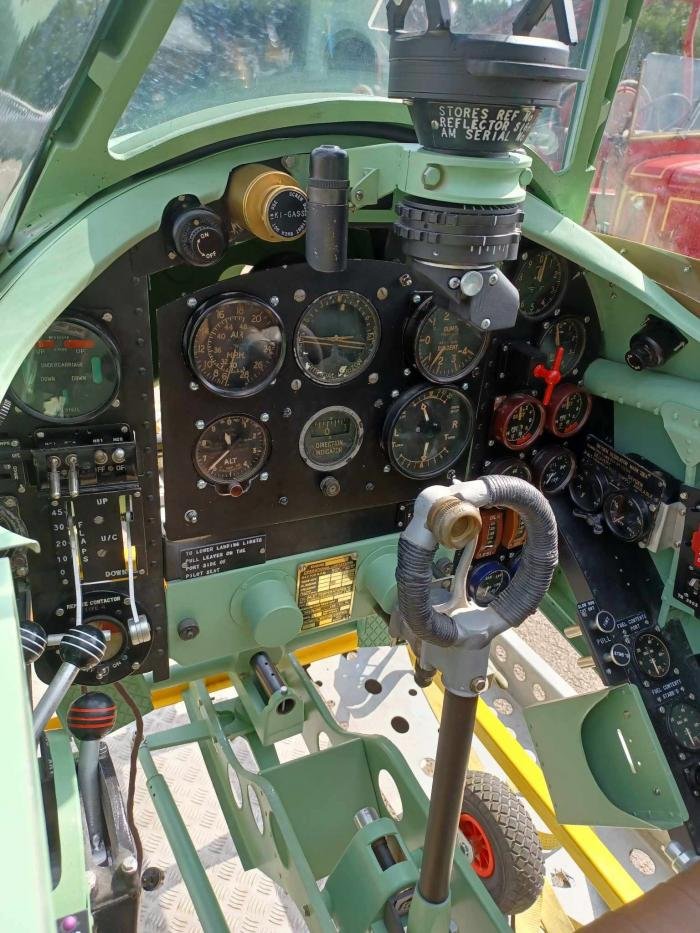Replica section of twin-engined fighter goes on show at Kent museum
On 25 June, the latest exhibit for the Kent Battle of Britain Museum arrived at Hawkinge, in the shape of the Whirlwind Fighter Project’s replica Westland Whirlwind cockpit section. Not a single example of the 114 Whirlwinds built has survived, the last being broken up during 1947. Work on the cockpit has been under way in the workshop of the project’s chief engineer, Peter Smith, a highly experienced professional precision engineer.
This is an unusual project in that the team doesn’t have a full set of drawings to go on, yet an accurate reproduction will result. This has been made possible by a web-based collaboration between researchers, engineers and computer-aided design (CAD) experts. All resources are ‘husbanded’ in one shared online file store. These include the few remaining factory drawings, parts manuals, repair manuals, photographs, sub-contractor drawings and data, references on construction techniques and standard parts, which are combined to make a CAD model via SolidWorks software.
The project has been lucky in securing the assistance of Gunnar Olsen from Norway, the engineering design lead, who has assembled the CAD model. The other stroke of good fortune came in the unlikely form of a sheet of paper passed to the Westland woodwork shop giving the very precise dimensions of a wind-tunnel model of the aircraft. Armed with a precise outer profile of the aeroplane and only partial dimensions for everything else, Gunnar’s trick has been to fit everything together like a jigsaw.
When it came to skinning the frame, it was clear some specialist kit and real experts in stressed-skin construction would be required. The obvious course of action was to ask Steve Vizard, the owner of Airframe Assemblies on the Isle of Wight. Steve had recently invested in a roller press that was perfect for the job — the reason being it was purchased from the Westland factory at Yeovil, which took it on in 1941. It had been used to make Whirlwinds before.

Life president of the Whirlwind Fighter Project is Aeroplane contributor Gp Capt Tom Eeles, who served in the RAF for 44 years and retired with a total of more than 8,000 hours in 28 different aircraft types. He is also the son of Air Cdre Henry ‘Harry’ Eeles, commander of No 263 Squadron when it first equipped with the Whirlwind at Drem in East Lothian, Scotland, during the Battle of Britain.
The Whirlwind will be painted as P7056, a presentation aircraft named Pride of Yeovil, built with funds raised by the Yeovil Lions Club. The machine emerged onto the factory airfield in the summer of 1941 with the name painted on its nose. It was allocated to No 263 Squadron that October and sometime after May 1942 was coded HE-E. P7056 then flew more than 60 operational sorties, shared among the sergeant pilots of ‘B’ Flight. More on the Whirlwind Fighter Project soon.


